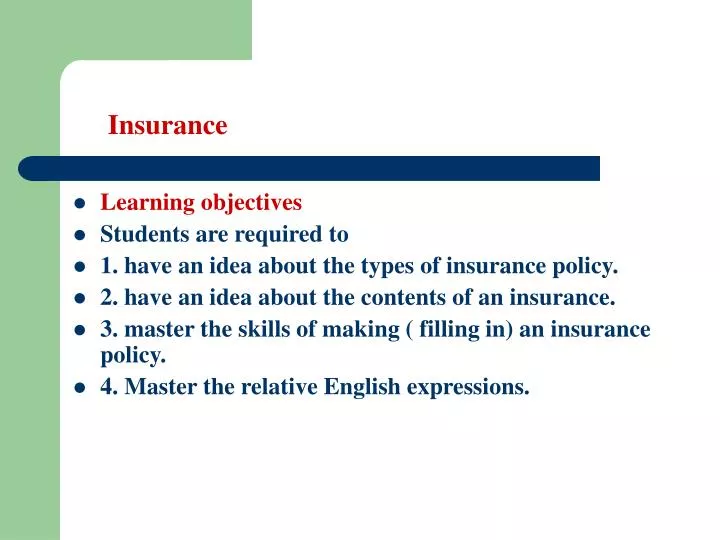Excitement About Pacific Prime
Excitement About Pacific Prime
Blog Article
The 6-Second Trick For Pacific Prime
Table of ContentsThe smart Trick of Pacific Prime That Nobody is DiscussingThe 9-Minute Rule for Pacific PrimeThe Ultimate Guide To Pacific PrimeA Biased View of Pacific Prime6 Simple Techniques For Pacific Prime

This is due to the fact that the information were accumulated for a duration of solid economic efficiency. Of the estimated 42 million people that were without insurance, almost about 420,000 (regarding 1 percent) were under 65 years of age, the age at which most Americans end up being qualified for Medicare; 32 million were grownups in between ages 18 and 65, around 19 percent of all adults in this age group; and 10 million were children under 18 years old, regarding 13.9 percent of all kids (Mills, 2000).
These price quotes of the number of persons uninsured are generated from the yearly March Supplement to the Existing Populace Study (CPS), performed by the Demographics Bureau. Unless or else noted, nationwide quotes of individuals without wellness insurance policy and percentages of the population with different kinds of coverage are based upon the CPS, the most extensively made use of resource of estimates of insurance policy coverage and uninsurance prices.
Pacific Prime Things To Know Before You Get This

Still, the CPS is specifically useful because it generates yearly price quotes relatively quickly, reporting the previous year's insurance protection approximates each September, and because it is the basis for a consistent set of price quotes for greater than two decades, enabling evaluation of patterns in coverage with time. For these reasons, in addition to the considerable usage of the CPS in various other researches of insurance coverage that exist in this report, we count on CPS price quotes, with restrictions kept in mind.

The estimate of the number of uninsured people increases when a population's insurance coverage condition is tracked for visite site numerous years. Over a three-year period beginning early in 1993, 72 million people, 29 percent of the united state populace, lacked coverage for at the very least one month. Within a single year (1994 ), 53 million people experienced a minimum of a month without coverage (Bennefield, 1998a)
Six out of every 10 without insurance adults are themselves employed. Functioning does boost the possibility that one and one's family members will have insurance coverage, it is not an assurance. Also participants of family members with two full time wage earners have nearly a one-in-ten possibility of being without insurance (9.1 percent without insurance price) (Hoffman and Pohl, 2000).
The 10-Minute Rule for Pacific Prime
New immigrants account for a considerable percentage of individuals without health insurance policy. One analysis has attributed a considerable portion of the recent growth in the dimension of the U.S. without insurance population to immigrants that got here in the country in between 1994 and 1998 (Camarota and Edwards, 2000). Recent immigrants (those who came to the United States within the previous four years) do have a high price of being uninsured (46 percent), however they and their children represent just 6 percent of those without insurance across the country (Holahan et al., 2001).
The partnership between medical insurance and accessibility to care is well established, as documented later on in this phase. The relationship between wellness insurance policy and wellness end results is neither straight neither simple, a substantial medical and health and wellness solutions study literary works web links health and wellness insurance coverage to enhanced access to care, much better high quality, and enhanced personal and population health status.
Levels of analysis for analyzing the impacts of uninsurance. This conversation of wellness insurance policy coverage concentrates largely on the united state populace under age 65 since basically all Americans 65 and older have Medicare or various other public coverage. It focuses specifically on those without any type of health and wellness insurance for any kind of size of time.
Things about Pacific Prime
The issues encountered by the underinsured are in some respects comparable to those faced by the uninsured, although they are normally less extreme. Wellness insurance policy, however, is neither required nor enough to obtain access to medical solutions. The independent and direct result of health insurance coverage on accessibility to wellness solutions is well developed.
Others will acquire the healthcare they require also without health and wellness insurance, by paying for it expense or seeking it from carriers that supply treatment totally free or at highly subsidized prices. For still others, medical insurance alone does not make certain receipt of care as a result of various other nonfinancial obstacles, such as an absence of health treatment providers in their area, limited access to transportation, illiteracy, or linguistic and social distinctions.
See This Report on Pacific Prime
Official research regarding uninsured populaces in the United States dates to the late 1920s and early 1930s when the Board on the Price of Healthcare generated a collection of reports regarding financing medical professional workplace sees and hospital stays. This issue became significant as the numbers of medically indigent climbed up throughout the Great Clinical depression.
Report this page